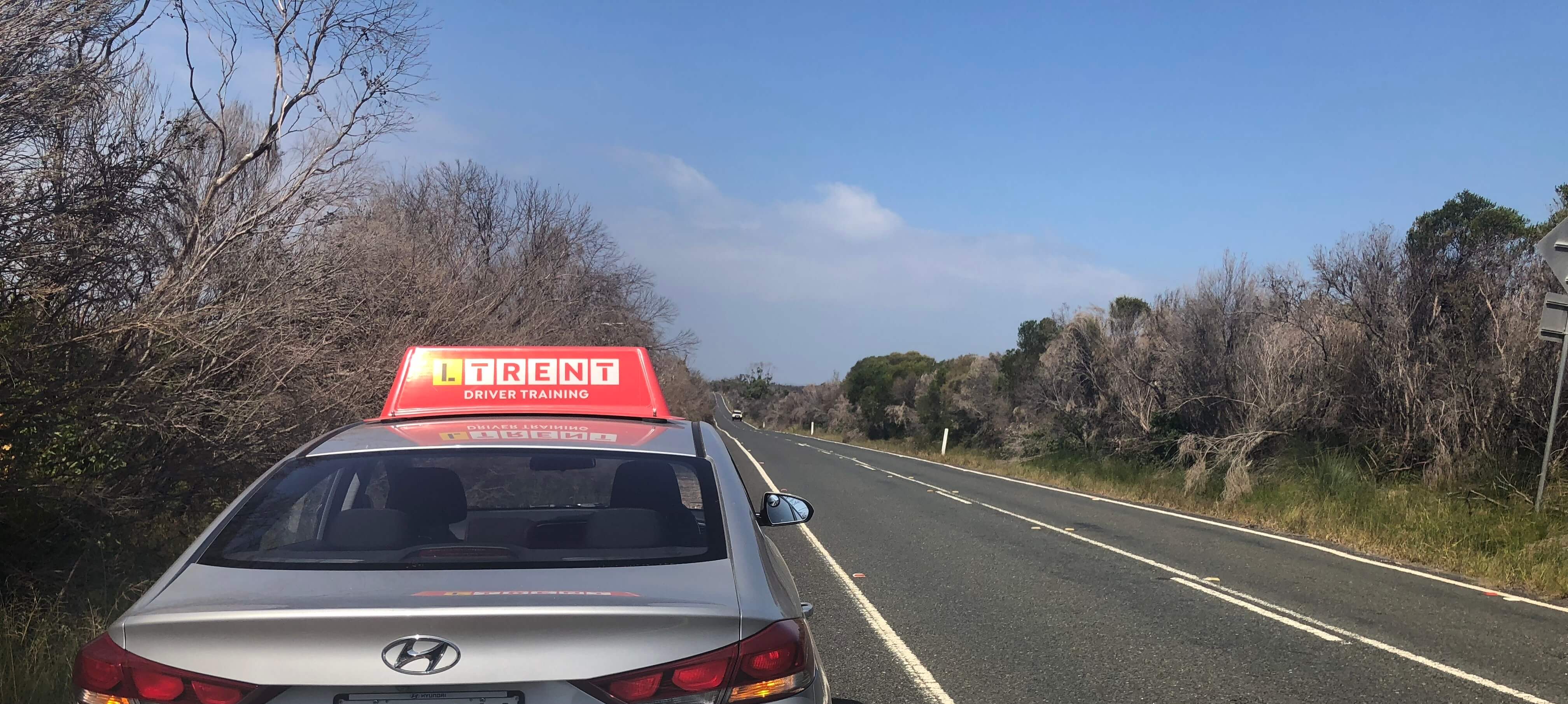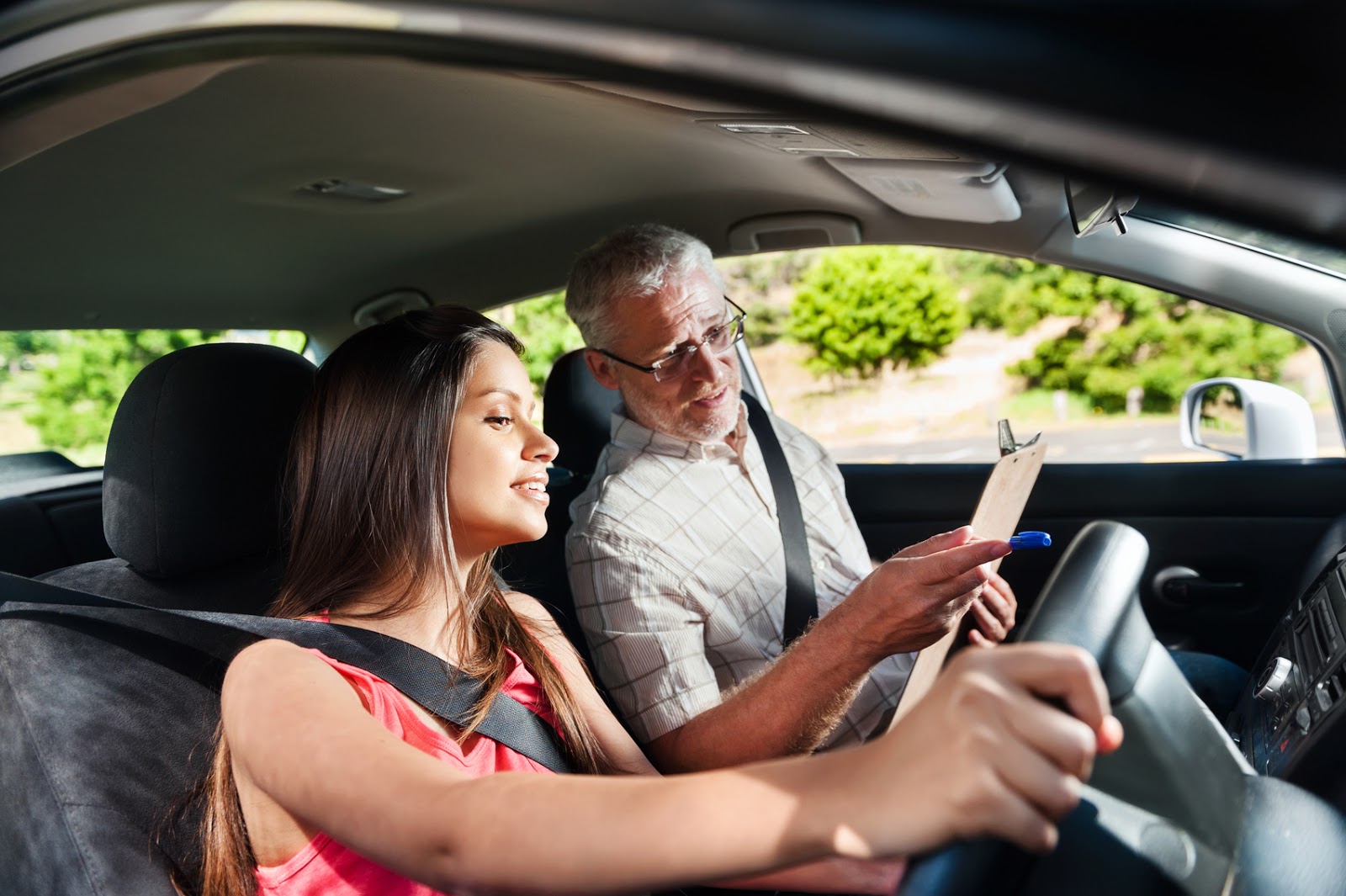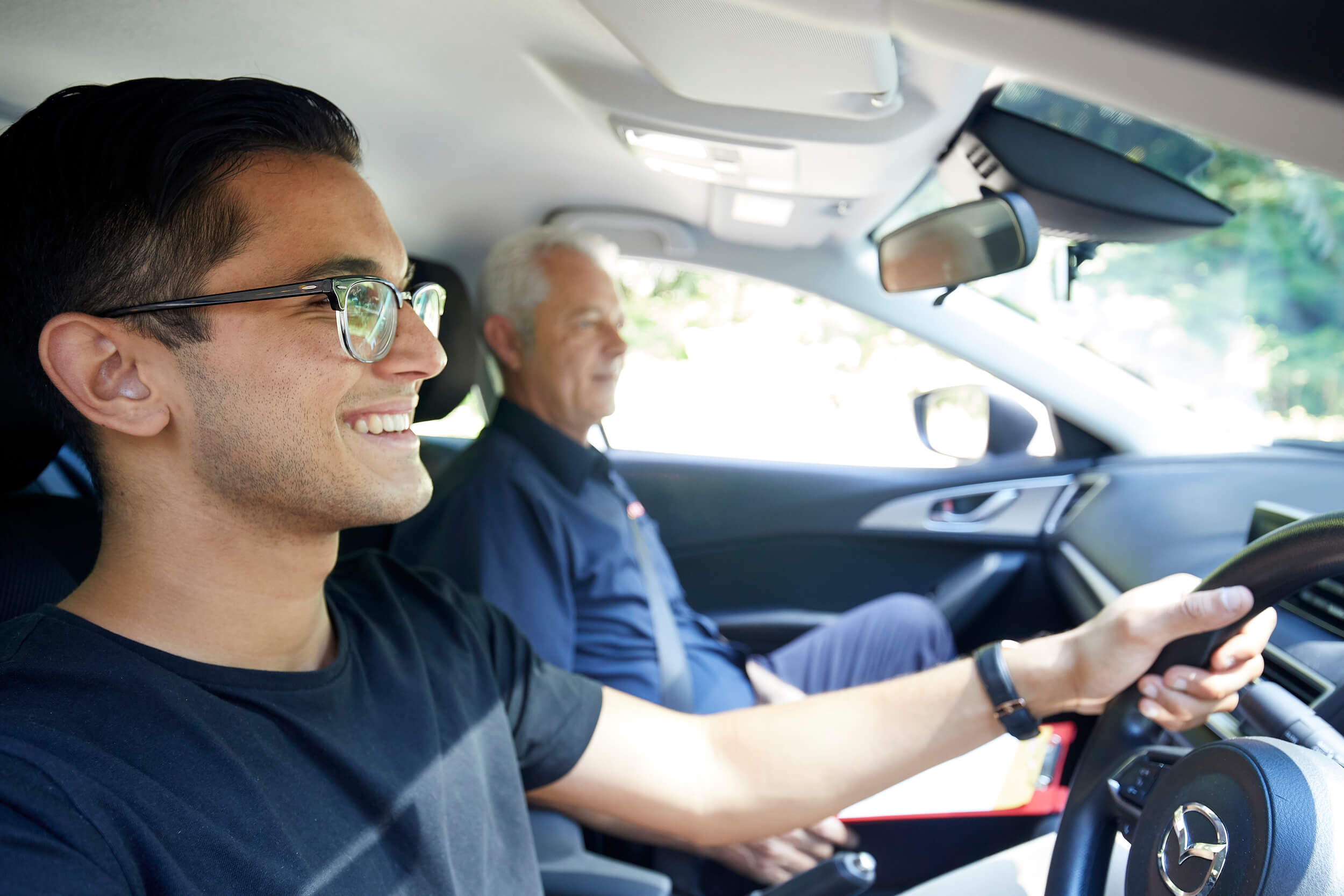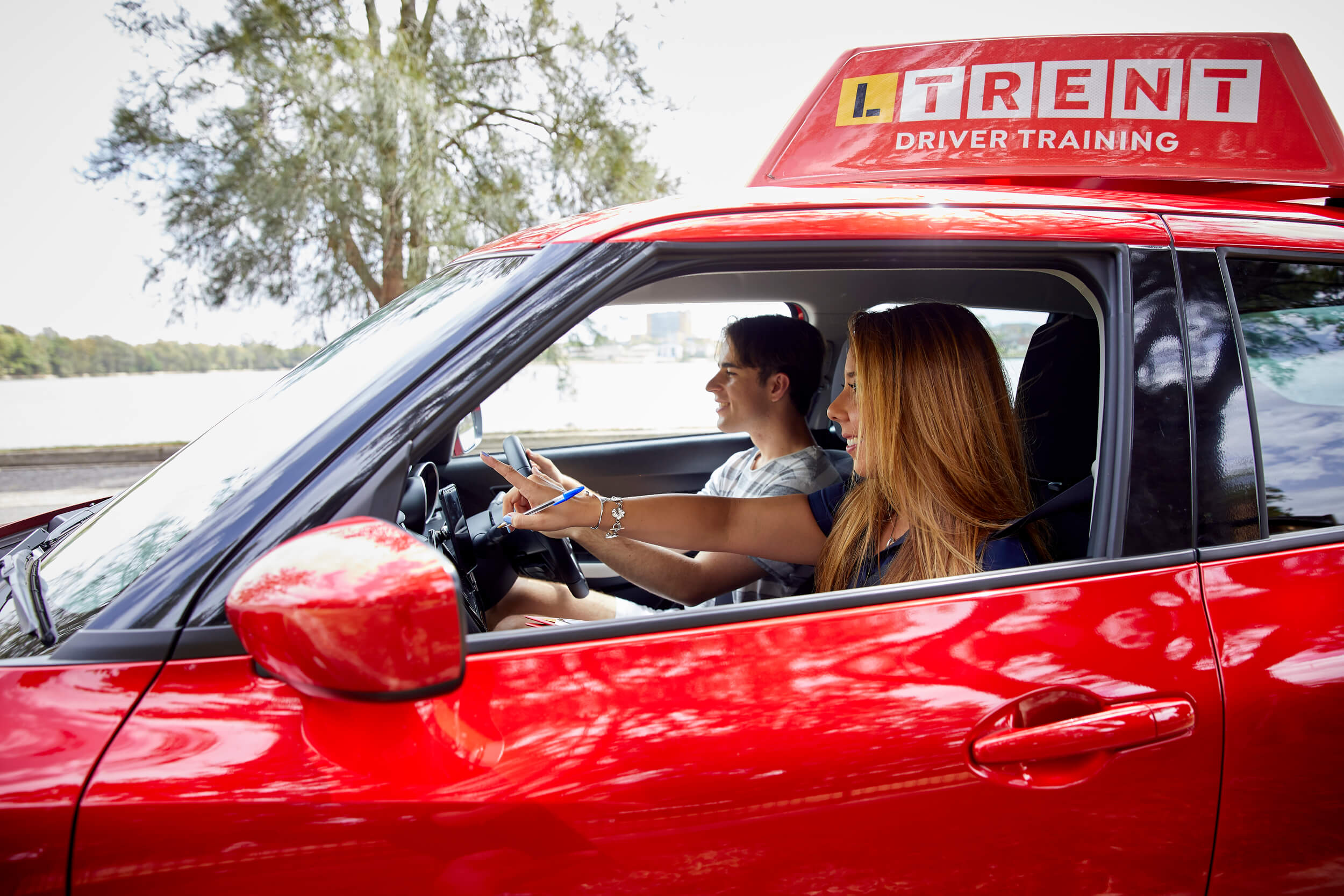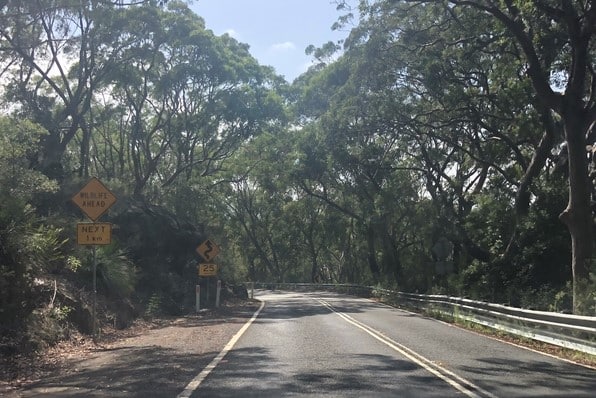Once you have your licence, you have the keys to freedom and it’s time to head off on your first road trip. Exciting times. You’ve packed your bags but what about your car?
What should you check to prepare for your trip?
1. Tyre pressures
The most common problem that you are likely to have when you head out on a road trip is a flat tyre. A couple of days before you go, check the tyre pressures with a reliable gauge and fill to the pressure recommended in the owner’s manual or tyre placard on the vehicle. If you find that one tyre is lower than the others, have it inspected for a leak before setting off. Don’t forget to check the spare tyre too. There is nothing worse than changing a tyre by the side of the freeway only to find that there is no air in the tyre you just fitted!
2. Tools and Jack
Make sure that you know where the tools and the jack for the car are. If you have never changed a wheel, it is probably a good idea to have a go at jacking the vehicle up and removing a wheel before you head off. By doing this you can test and confirm that all the tools you will need are with the car and in working order.
3. Fluid Levels
Depending on how old your car is, you should check the fluid levels. Use the owner’s manual to identify where the following fluids can be checked:
Engine oil
Transmission oil
Coolant
Brake/clutch fluid
Power steering oil
Windscreen washer water
If you find any fluids are low, top up the fluid and have a mechanic check for leaks.
4. Lights
Often on a road trip some of your driving may be at night. On the freeway or on country roads there are no street lights. You will need rely on the quality of your headlights. Make sure that your headlights are working on both high and low beam and also check that the lights aim where you want them. While you are at it, check all the other lights on the vehicle, they will help you to be seen!
5. Carry Water and Food
It is good practice to carry some water and food with you out on the road. The amounts will vary depending on how remote you are heading. 10L of water and some food is good to have with you. The water can be used for hydration if you are stranded or can be used to top up overheating cooling systems to get you a bit further down the road.
6. Fuel
Lastly, make sure that you have enough fuel for the trip. If there is an accident or a natural hazard like a flood or bushfire, you may have to take a detour. If you only have enough fuel to get you to your endpoint, you may end up stranded on the side of the road.
